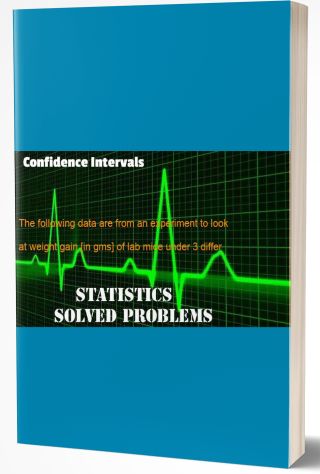The following data are from an experiment to look at weight gain [in gms] of lab mice under 3 differ
Question: The following data are from an experiment to look at weight gain [in gms] of lab mice under 3 different diets which have low, medium, and high amounts of protein and other nutrients. It was also felt that male mice might respond to the diets differently than female mice, so sex of the animal was also noted.
FEMALES MALES
(cell means) (cell means) [row means, sexes combined]
LOW 40.8 49.2
40.5 (41.73) 43.8 (43.53) [42.63]
43.9 37.6
MED 51.5 50.9
50.0 (51.13) 57.9 (56.23) [53.68]
51.9 59.9
HIGH 62.7 74.0
56.4 (61.27) 72.1 (73.33) [67.30]
64.7 73.9
MEAN 51.38 57.70
a. At the .10 level of significance, test for the presence of interaction. Use an interaction plot of the means to interpret the result.
b. At the .10 level of significance, test for the overall (main) effect of sex on the mean weight gain. Refer to the interaction plot in your interpretation of the test result.
c. At the .05 level of significance, test for the overall effect of the three diets on the mean weight gain. Again, using the interaction plot, interpret the result of the statistical test.
d. Compute a 90% confidence interval for the average weight gain on the LOW diet.
e. Compute a 90% confidence interval for the difference between the male and female average weight gain for the HIGH diet.
| Total | 55795.990 | 18 | |||
| Corrected Total | 2255.163 | 17 | |||
| a. R Squared = .929 (Adjusted R Squared = .899) | |||||
Deliverable: Word Document




![[Solution] The sales, in billions of dollars, of Keller Overhead Door, Inc. for 1995 to 2000 are: a. Plot the #6105 Hypothesis Testing - Chi Square Test](/images/downloads-images/featured/Statistics-question-18509.jpg)
![[Solved] In this experiment, the risk-taking propensity of 90 inner city drug users was measured using a repe #29072 Hypothesis Testing - Analysis of Variance (ANOVA)](/images/downloads-images/featured/Statistics-question-20461.jpg)

